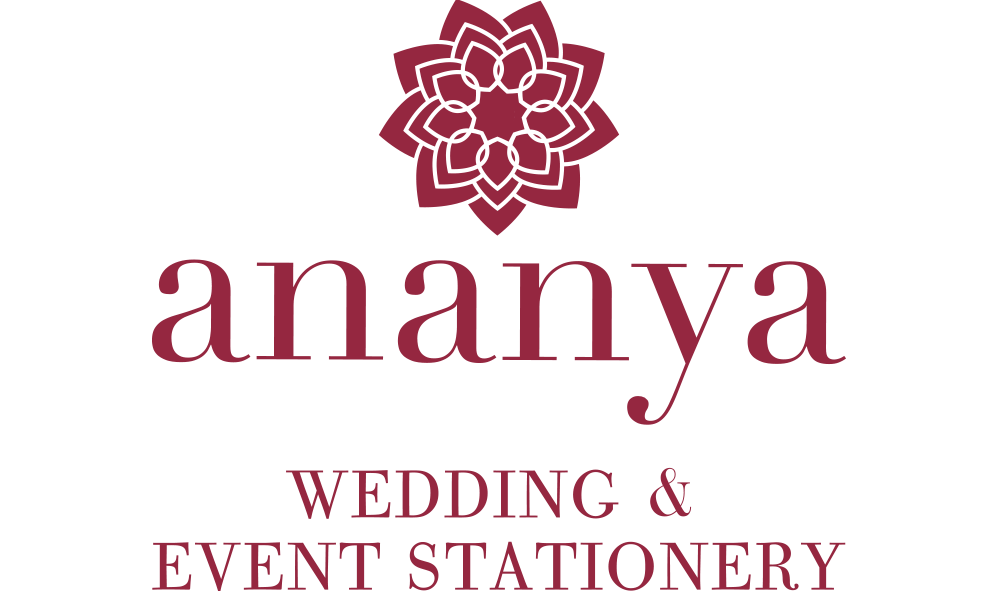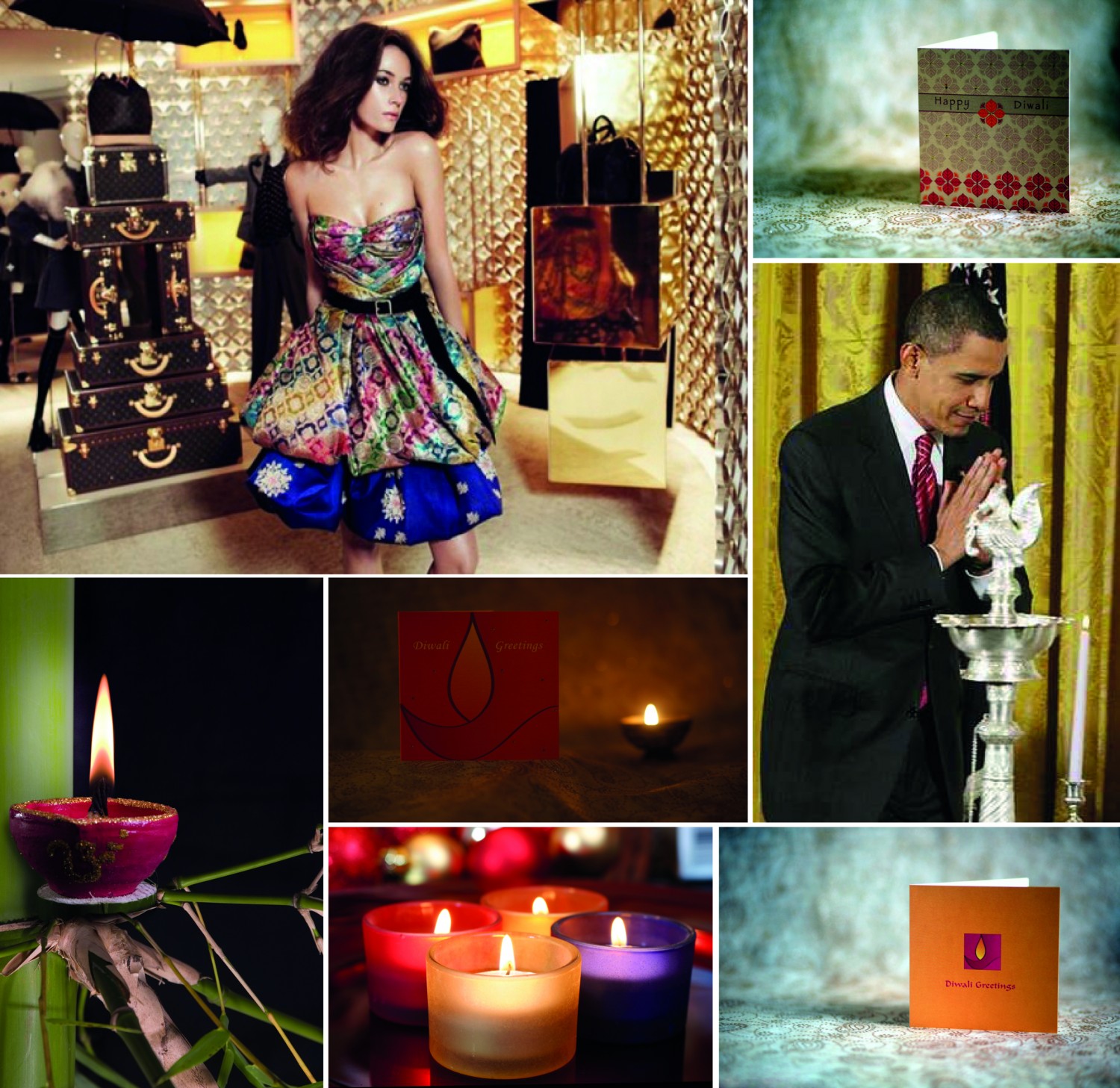You go to pick up your post and lying amongst the boring brown envelopes, junk mail and unwanted circulars you’re thrilled to spot a beautiful envelope, with your address handwritten in ink - set off by a colourful stamp.
What a pleasure to receive!
If you’re like me, you’ll open such an invitation immediately with great anticipation (and possibly start planning what you’re going to wear!)
Okay, so receiving an exciting e mail from overseas or the text you’ve been waiting for can be a thrill. That electronic ‘ting’ that tells you somebody who's been in your thoughts has been thinking about you too.
But actually putting pen to paper and writing a proper letter on elegant notepaper shows that an individual has really taken the time and effort to think things through – and not made a spur of the moment communication.
Now I’ve received invitations to significant birthdays by e mail and even wedding invitations by e mail but I always find them a bit of a let down. With a little planning, forethought and not a vast investment it’s not difficult to announce an occasion in the proper style. Don’t you think? It sets the scene and tells your guests what they can expect.
A greeting card or invitation from Ananya is always beautiful to receive. Browse through the wedding stationery and you’ll be bowled over by the rich colours – turquoises, pinks, golds (although softer pastels also feature). If you’re looking for something bespoke, you’ll enjoy talking to our designers and creating something that is unique to you and your big day. And of course getting married is the perfect time to think about commissioning a monogram for you both as a couple.
You’ll also find inspirational and attractive stationery for other occasions – whether it’s Chinese New Year, Diwali, Eid, Passover, or a memorable thank you card.
In the next few blogs we’ll be covering the etiquette of using stationery, with tips on writing a thank you letter when you can’t think of anything to say; replying to a formal wedding invitation; how to commission your own personal stationery. We’ll also be chatting about other fun stuff – watch this space and enjoy!
If there’s anything you’d like us to write about or were wondering about then please let us know. We’d love to hear from you.










